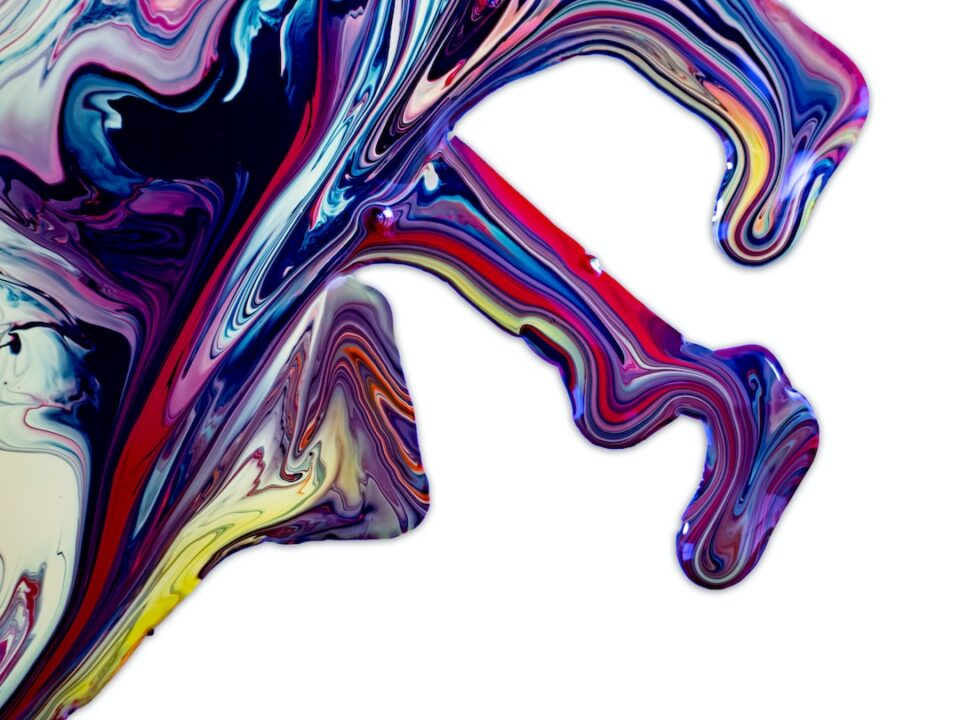Exploring Cultural Identity through Indigenous Artworks
Art has always been a powerful medium for conveying and preserving cultural identity. For indigenous communities around the world, art serves as a means to celebrate their heritage, connect with their ancestors, and assert their presence in a world that often marginalizes their voices. Through indigenous artworks, we can delve into the richness of their cultures, unravel their historical narratives, and gain a deeper understanding of the complex tapestry that forms our global cultural heritage.
Indigenous art is a diverse and multi-faceted form of expression, encompassing various mediums such as painting, sculpture, weaving, pottery, and body art. Each of these mediums holds great significance and holds a unique story waiting to be told. Indigenous artists often draw upon their ancestral knowledge and traditions, infusing their creations with spiritual, historical, and social symbolism.
One of the most renowned forms of indigenous art is dot painting, commonly associated with Australian Aboriginal communities. Dot painting is a traditional technique where artists use fine dots to create intricate patterns and designs, representing elements of the natural world or sacred stories. These paintings are not merely aesthetically pleasing, but are deeply rooted in the indigenous worldview, carrying messages of ancestral connections, spiritual beliefs, and ceremonial practices.
In addition to dot paintings, indigenous sculptures also offer a profound insight into cultural identity. In many indigenous cultures, the sculpted figure possesses a sacred presence, embodying ancestral spirits or heroes. These sculptures often reflect the indigenous people’s connection to the land, their relationship with animals, and their belief systems. Whether carved from wood, stone, or other materials, these sculptures serve as tangible reminders of indigenous history and traditions, reminding us of the importance of preserving and respecting their cultural heritage.
Indigenous weaving traditions also play a significant role in cultural identity. From the intricate textiles of the Navajo people in the United States to the stunning designs and colors of the Māori textiles in New Zealand, these woven artworks tell stories of resilience, craftsmanship, and community. Weaving is an art form that has been passed down through generations, often representing a continuum of knowledge and cultural values. Through motifs and patterns, Indigenous weavers communicate their connection to the land, their spiritual beliefs, and their social roles within their communities.
Pottery is another rich medium that showcases indigenous cultural identity. From the exquisite blackware pottery of the Acoma Pueblo in New Mexico to the intricately painted clay pots of the Hopi people, indigenous pottery illustrates the unique artistic aesthetics and craftsmanship of each community. Pottery is not only a functional medium for storing water and food, but it also serves as a canvas for storytelling, spiritual expression, and cultural preservation. Through the art of pottery, indigenous artists can convey the interconnectedness between humans, nature, and the spiritual realm.
Body art, such as tattoos and scarification, is another powerful means of expressing cultural identity in indigenous communities. In Polynesia, for example, traditional tattoos, known as tā moko, have been used for centuries to signify tribal affiliations, genealogy, and personal achievements. Each pattern and design tells a story, reflecting an individual’s place within their community and their cultural heritage. Body art is not only a physical expression but also serves as a vehicle for indigenous peoples to maintain and transmit their cultural practices from one generation to another.
By exploring indigenous artworks, we can begin to appreciate the profound significance of cultural identity and the resilience of indigenous communities in preserving their heritage. These artworks act as visual narratives, urging us to challenge our preconceptions and embrace the diversity that enriches our world. It is through embracing and celebrating indigenous art that we can foster empathy, respect, and understanding, ensuring that these vital cultural identities continue to thrive for generations to come.
In conclusion, indigenous artworks offer us a window into the vast landscapes of cultural identity. Whether through dot paintings, sculptures, textiles, pottery, or body art, indigenous artists eloquently communicate their traditions, beliefs, and stories. By engaging with these artworks, we can cultivate a deeper appreciation for the diverse cultures that form our world, promoting a more inclusive and equitable society. Let us continue to explore, celebrate, and support indigenous art, recognizing its importance in shaping our collective cultural heritage.


